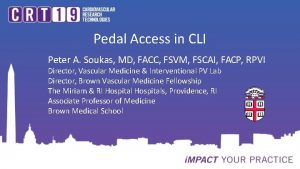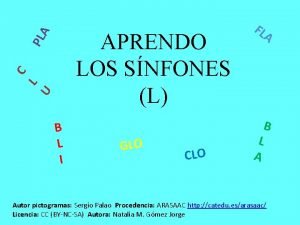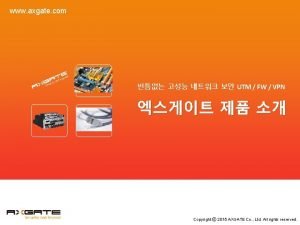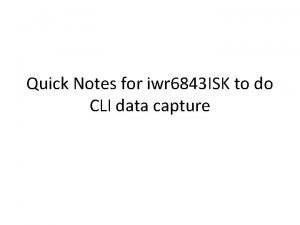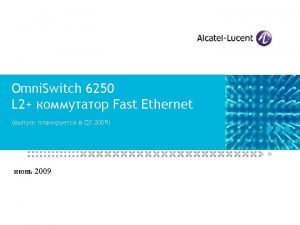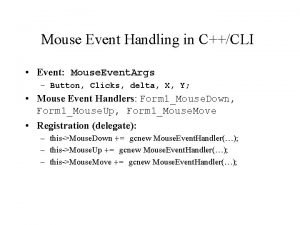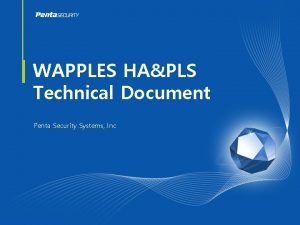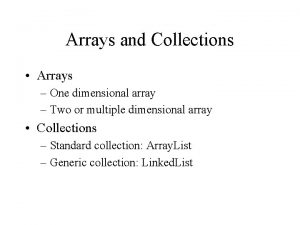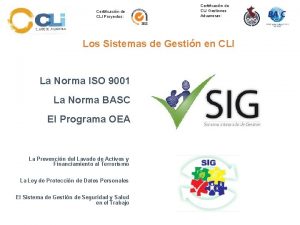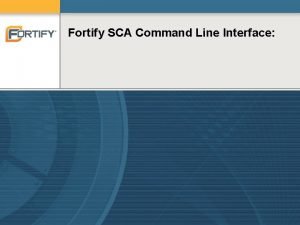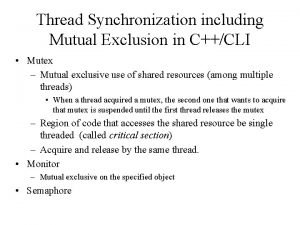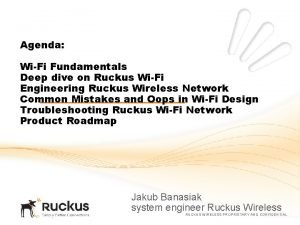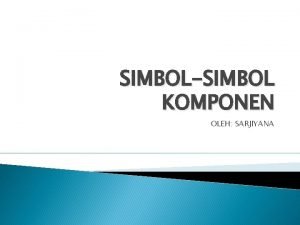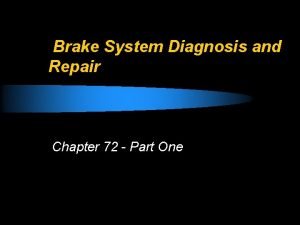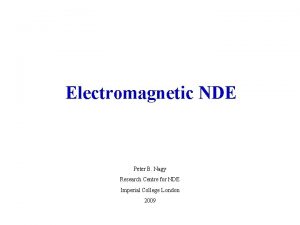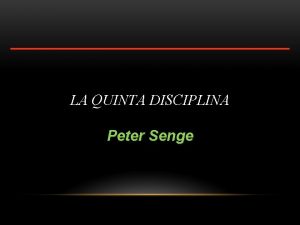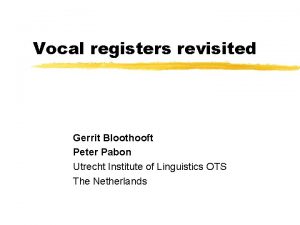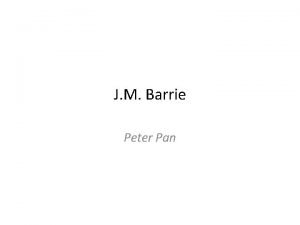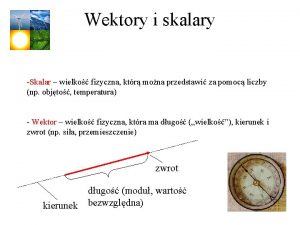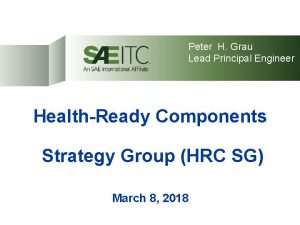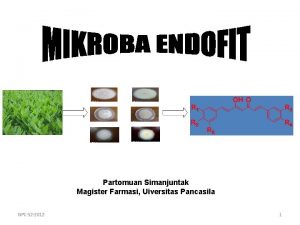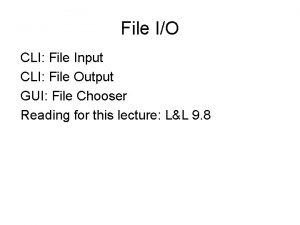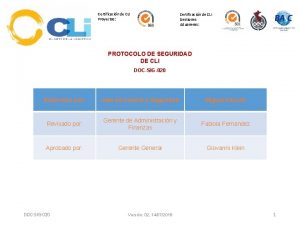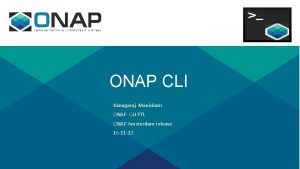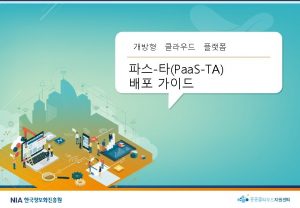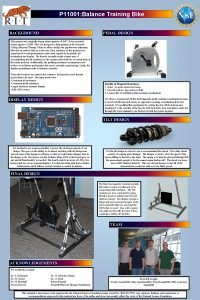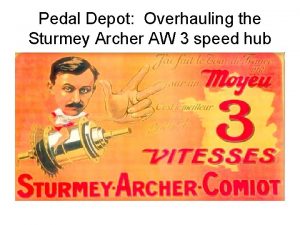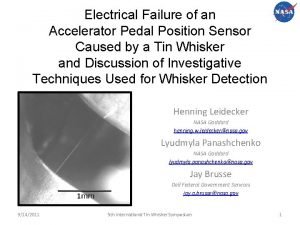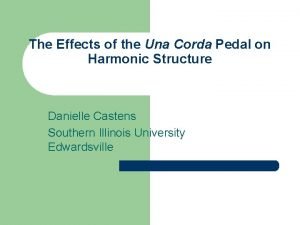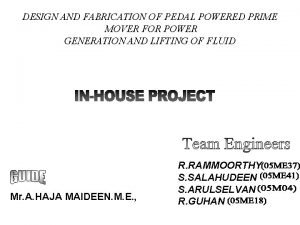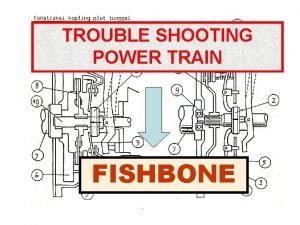Pedal Access in CLI Peter A Soukas MD

















































- Slides: 49

Pedal Access in CLI Peter A. Soukas, MD, FACC, FSVM, FSCAI, FACP, RPVI Director, Vascular Medicine & Interventional PV Lab Director, Brown Vascular Medicine Fellowship The Miriam & RI Hospitals, Providence, RI Associate Professor of Medicine Brown Medical School


Peter A. Soukas, MD I have no relevant financial relationships related to this presentation

Why Pedal Access? • Failure to cross antegrade in ~ 20% of cases • Unable to use CFA due to body habitus or comorbidities • Absent proximal cap

Pedal Access: Other Indications Tough Up & Over ! Flush SFA occlusion Too many collaterals Antegrade perforation Subintimal wire position

Pedal Access- Advantages • Patient supine, easier than antegrade CFA in obese patients or scarred groins • Can work from above and below to deliver therapy • Retrograde access often easier- distal cap softer, less collaterals • More pushability due to shorter distance, ‘straighter shot’, better wire control • Cheaper than re-entry devices, may shorten procedure time, less radiation exposure to patient

Limitations of Pedal Access • Limited sheath sizes • More difficult access (initially), easier with US • May occlude potential distal bypass graft site or runoff vessel • More radiation to hands (may avoid with needle holder) �� ��

PRIME CLI: US Access for CLI 407 pts. underwent 649 procedures, 896 access sites Mustapha, JIC 2016: 28(6); 259 -264

PRIME CLI- Low Complications Pseudoaneurysm 1. 7% Bleeding 1. 7% Hematoma 1. 2% AV Fistula 0. 3% Thrombosis 0. 0% Compartment syndrome 0. 0% • CFA antegrade vs. retrograde access • Mustapha, JIC 2016: 28(6); 259 -264 No difference in: • fluoro time • LOS • complications • but less contrast, p<0. 001

Trans-pedal Access: Technique

Foot Position Courtesy L. Diaz, MD PT: ‘frogleg’/eversion DP/AT: plantar flexion Peroneal: inversion

Ultrasound Access-Save Dye, Fluoro! Give 50: 50 NTG/Lido anesthetic Linear array 2. 5 - 10 MHz for deeper vessels Ideally, 2 person operation - one holds probe, the other sticks Hockey stick 15 -18 MHx for superficial vessels

Why Ultrasound Guidance? Allows avoidance of paired veins, heavy calcification (“hard stops”) Doppler can confirm artery vs. vein Can see needle enter true lumen even if little/no back bleeding g color view of arte Ca++ ‘hard stop’ PW artery PW vein needle tering artery

Angiographic Access- DP/AT use sheath no sheath or 3 F Cook Ipsilateral oblique ~10° cranial angulation Needle in line with artery Use sheath above mid calf 4 F sheath in high AT

Angiographic Access- PT Contralateral oblique ~ 30 -60° Frog-leg & dorsiflexion PT access

Angiographic Access-PR Ipsilateral oblique 10 -30° to separate tibia & fibula Use 7 cm 21 gauge needle

Angiographic Access- PR Line up needle to artery Get PR between the tibia & fibula Stick the calcium Orthogonal view to gauge depth from artery

Extreme Access: Equipment Essentials • Needle: 4 & 7 cm 21 gauge • . 014/. 018” hydrophilic wires, then change to CTO wires • Support: • inner dilator of micropuncture sheath • microcatheter (Quick. Cross, CXI, etc. ) • low profile balloon • 3 F/4 F sheath (Cook, Terumo)

Capture Retrograde Wire JR 4/MP dx catheter is simple, cheap Snares; expensive, destroy retrograde wire Quick-Capture GW Retriever allow exteriorization of “buggered” wire

Reverse Wire, Complete PVI “Wire Floss” Support catheter delivered antegrade Wire redirected distal to access site, then access hemostasis

Hemostasis of Access Site digital compression Manual compression or TR band at foot level TR band BP cuff for proximal ATA and peroneal access “Internal hemostasis” with balloon PR access wire BP cuff antegrade PR wire post

Transmetatarsal Technique • • • Used when antegrade approach fails and retrograde pedal not feasible Anti-spasmotic cocktail delivered as distally as possible The first dorsal metatarsal artery is accessed, allowing the wire to reach the plantar arch and across the arch, thereby allowing recanalization of the DP, lateral plantar Microsheath advanced, retrograde crossing of the metatarsal artery performed, f/b crossing of the foot and tibial vessels Procedure completed antegrade; wire delivered past puncture site, microsheath removed; hemostasis with balloon Palena LM, Brocco E, Manzi M, Catheter Cardiovasc Interv, 2014; 83: (1): 123 -9

Transplantar Retrograde Access Ipsilateral oblique to check depth Contralateral oblique to access “in-line” stick

Transpedal Retrograde Access Final S/P 5 th toe amp; 6 wks. later

Extreme Access- Transplantar Obese 63 yo female with IDDM, HBP, HLD, Behcet’s on chronic steroids, CVI, CAD S/P CABG x 2 P/w CLI with NHU left heel and recent left hallux amp for osteo Referred for angiography/PVI due to failed amp site healing and for limb salvage

Baseline angiograms - Patent inflow, distal tibiopedal disease

Could not cross antegrade despite multiple wires, 5 F sheath at BK Pop, 5 F Aqua, Quick-X Same assembly for PT- again, no luck due to dense Ca++

Damn calcium!- what now? ! transplantar

Transplantar wire access

Transpedal wire CART Lesion finally crossed with support of Quick-X in foot

PTA with 2 mm balloon…

Post PTA PTA 3 mm

PTA 3. 5 mm balloon Post PTA

Pre Post

Wound vac placed, healing wound

Case Examples

CTO ends in large collateral Pop CTO

Foot shot PT access V-18 & Quick-Cross 1. 5 mm CSI

Post PTA Angioscore PTA

DCB Post PTA Supera

Pre Final- after FFA/DCB/Supera stent

Flush occlusion SFA PR runoff Long occlusion SFA, Pop, TPT, AT

PR access 14 S Crosser End of the line! Couldn’t cross antegrade

Antegrade & retrograde support catheters mid PR access Curvilinear US probe Retro cross

wire delivered antegrade into PR true lumen Post Yuck Success! balloon hemostasis DCB Supera

Post PTA, stents Final: restored in-line flow to the peroneal

Antegrade Pedal Access Case Fem–tib BPG Critical stenosis of the common plantar Patient p/w plantar ulcer

PTA Antegrade access with. 014” wire and balloon through the skin Post

Extreme Access- Conclusions Pedal access is safe, has a high success rate, and is an essential skill for the serious CLI operator Use ultrasound for access, and lots of vasodilators "Extreme” techniques such as transmetatarsal and transplantar will further increase our success rates for treating CLI patients
 Peter soukas md
Peter soukas md Cli cli picerija
Cli cli picerija Longhorn cli
Longhorn cli Cli adalah
Cli adalah Dibujos con cla cle cli clo clu
Dibujos con cla cle cli clo clu Axgate 7000
Axgate 7000 Uniflash cli
Uniflash cli Cli engage login
Cli engage login Omniswitch cli reference guide
Omniswitch cli reference guide C++ event handler
C++ event handler Configure ios intrusion prevention system (ips) using cli
Configure ios intrusion prevention system (ips) using cli Wapples cli 명령어
Wapples cli 명령어 Two dimensional array in c++ example
Two dimensional array in c++ example Cli gestiones aduaneras
Cli gestiones aduaneras Donald cli.e
Donald cli.e Fortify sourceanalyzer
Fortify sourceanalyzer Forum cli
Forum cli Ben baston
Ben baston Cli vs gui
Cli vs gui C++ cli mutex
C++ cli mutex Mobility express 設定 cli
Mobility express 設定 cli Cisco unity connection cli commands
Cisco unity connection cli commands Ruckus wifi planner
Ruckus wifi planner Ipmitool sunoem cli
Ipmitool sunoem cli Circle progress monitoring
Circle progress monitoring Gas pedal pmv
Gas pedal pmv Where to find pedal pulse
Where to find pedal pulse Simbol actuator
Simbol actuator Screech when a driver pushes on the brake pedal summary
Screech when a driver pushes on the brake pedal summary Pedal essay
Pedal essay A typical brake pedal position (bpp) sensor/switch is
A typical brake pedal position (bpp) sensor/switch is Brake system diagnosis
Brake system diagnosis Terminal access controller access control system plus
Terminal access controller access control system plus Terminal access controller access-control system
Terminal access controller access-control system Exodus 19 1
Exodus 19 1 Monopole dipole
Monopole dipole Hága péter konyhafőnök
Hága péter konyhafőnök Vision compartida la quinta disciplina
Vision compartida la quinta disciplina First letter of st peter
First letter of st peter Earth from space art
Earth from space art Peter dendooven
Peter dendooven Peter fuller
Peter fuller Peter pabon
Peter pabon Peter m. senge aportaciones a la calidad
Peter m. senge aportaciones a la calidad Peter de groof huisarts
Peter de groof huisarts Tumblr peter pan disneyland
Tumblr peter pan disneyland Skalar w fizyce
Skalar w fizyce Gewerbeausstellung eggiwil
Gewerbeausstellung eggiwil Ja6268
Ja6268 Peter senger
Peter senger
